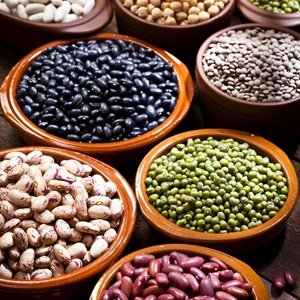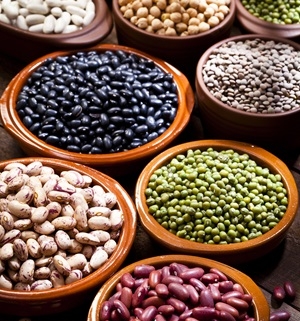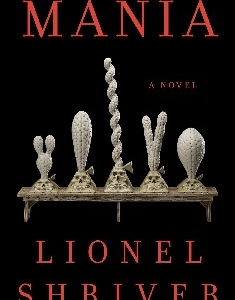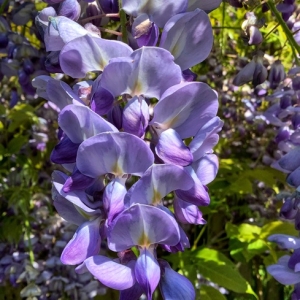Beans – the toot fruit
 by Tikka Wilson
by Tikka Wilson
Pulses, otherwise known as beans, are a wonderful food. Beans are legumes, meaning the seeds are produced in pods and I’ll focus on dried or tinned beans. For people who eat mostly plants, beans are a great source of protein. For those who treasure their microbiome, the little guys in your gut love beans!
The gas story
Let’s do the gas bit first. Beans contain a starch called raffinose. Humans can only partially digest it; our microbiome does the rest and makes gas doing it – letting you know it’s working.
Dried or tinned?
I’m a fan of dried beans. They’re very cheap and there’s a huge variety available in our local whole food stores. Tinned beans are also great, but the selection is narrower. I particularly like Lima beans, only available dry, but also kidney, black, pinto, white, adzuki, mung, soy, lentils, green and yellow split peas, black-eyed peas and chickpeas.
Preparation
I once thought dried beans were a hassle – it’s hard to be spontaneous when most require 24 hours of soaking. The soaking and rinsing removes lectins, another compound humans can’t digest. The exception is red split lentils that you can just rinse and use immediately. Red split lentils are a good thickener of pumpkin soup – throw in half a cup along with other ingredients, ensuring there’s extra water for the lentils to absorb.
Cooking
Whether you’re using tinned or dried beans, the key is to cook them thoroughly – we can’t digest raw or undercooked beans. The fastest way to cook dried beans
is to use a pressure cooker (30-40 minutes depending on the bean). But a slowly cooked pot of beans on the back of a wood-fired stove is amazing (5-6 hours). On a modern stove they take about 90 minutes. Lentils, in their various forms (split red, whole red, Puy etc), and split peas (yellow and green) take less time to cook.
Recipes
There are so many bean recipes. Dahl is a favourite, with rich Indian spices, creating a warm delicious dish, served with rice. All beans can be cooked with tomatoes, Moroccan spices, cinnamon and sultanas for a different flavour (also served with a grain or a bread). Kidney beans are essential in chili and other Latin American dishes. Adzuki and mung beans lend themselves to Oriental recipes, including desserts! And white beans are wonderful cooked with just salt, pepper and herbs, especially rosemary – think Italian white bean soup.
Many bean dishes are better the second day as leftovers – they absorb flavours overnight creating a richer and more subtle taste when reheated. Most bean dishes start with sautéed onions, garlic and spices followed by tomatoes, other vegetables and herbs. And you can mix different types of beans, but they work better if they are the same size, shape and cooking times.
Don’t forget bean dips
A bean staple in our household is hummus, made from chickpeas (although you can make bean dips and spreads from almost any bean). Hummus in its simplest form is cooked chickpeas, tahini, olive oil, lemon juice, garlic and salt, blended into a paste. Cold chickpeas work better than if they’re still warm. If tinned, rinse a couple times and then drain thoroughly. Hummus is great in a wide range of textures including ‘chunky’ – leaving some of the chickpeas whole. You can add different herbs and spices to each batch. Or olives, or … whatever strikes your fancy.


